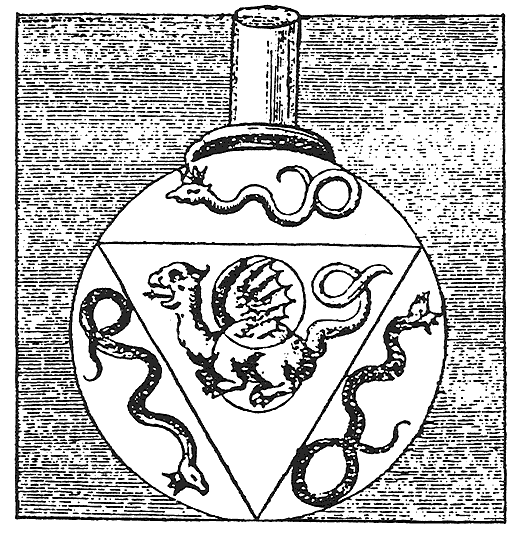 A source of minor frustration to me is how rarely I seem to write for this website. There are so many ideas to be explored, yet so few make it through into print (or pixels, or whatever).
A source of minor frustration to me is how rarely I seem to write for this website. There are so many ideas to be explored, yet so few make it through into print (or pixels, or whatever).
I realized this evening that part of the problem is that, ironically, I impose a lot of rules on myself. Combine that with a very demanding, satisfying job that calls on all of my magical prowess, and other fun creative pursuits, well the written word languishes. That…and what I really want to be writing is material too demanding to be squeezed in around a job, no matter how satisfying that job may be.
When this site first started, I was slamming out the articles, yet my daily life had a lot less satisfaction in it. I never dreamed I would be doing the work I do now. Even if I work in a very mainstream environment and even if my interests and ideas don’t get to often openly show themselves, my creativity and tenacity and weirdness get enough of a workout that they aren’t begging for literary adventures as they once did.
This is a shame because my magical journeys have become richer and richer. Since I did a Vipassana retreat some 3 years ago I have had a most wonderful and potent meditation practice. My voyages into performance art have been giving me rich new opportunities for the veneration of Odin and Loki (and the runes!). I am learning about therapeutic applications of trembling (Jan Fries eat your heart out!) and might even get to study hypnotherapy under the auspices of a fellow Elhaz Ablaze book contributor.
Oh! And our book! What a journey that was. I have more books in me, but for now not the space and resources to realize them. What a conundrum.
Yes, and even as I write this I recognize submerged voices telling me that I’m doing it wrong, no one wants to read this. And that is the fundamental mistake: we must create for the inner serpent, not for the appeasement of a projected audience. So long as I am trying to contort myself into an externally determined form, I am violating the font of my power and inspiration.
“To find me, first lose me and find yourself,” admonished Zarathustra to his disciples as he dismissed them. This website, and our book, is fundamentally about the art of stripping away all the authoritarian introjects, the shoulds, musts, and oughts, so that the inner serpent may sway as she wills. A life of constriction and suppression is worthless. Anarchism is the only viable option in the long run (meant psychologically and spiritually, and who knows, perhaps one day even socially?).
I want to burn myself away in the mirror-flame, the harsh mistress called reflection. I want to know my desire, to become it, to articulate it, to nourish it, to be confronted only with the choice of whim, not the rigidity of doubt. For my only criterion of choice to be my judgment, not my fear.
How do we become strong? We nourish ourselves and we test ourselves. One or the other alone will not suffice. I must feed myself and then stretch myself. On the other side of punitive forcing and lax lassitude there dwells the discipline of kindness, which nourishes the endless thirst for mystery that captivates the swaying inner serpent.
Vipassana has taught me to abandon my fear of pain, discomfort, suffering, to embrace it, which paradoxically grants freedom. Not that there is less pain, discomfort, or suffering, but that they are no longer impediments as they were. “This is better than perfection,” to quote another of my incarnations.
Yet I am still so terribly constricted. Tentacles, inner armor, abound in my psyche, my flesh. I am learning more and more just how damaged I am, how much of a freak I am, and it is by turns exhilarating and devastating. Will you truly court Mystery, Runa? If you truly will, you must be ready to shed your skin.
As authoritarianism becomes progressively more brazen on the world stage, we are called upon to challenge its hold on our internal landscapes. Without that inner work I will never have the strength to defy the tyranny of mediocrity that is so dominating US politics (and other places too). My liberation and collective liberation are admixed. There is no separation, only different perspectives.
Do you crave to run screaming across the astral plane? Ride with the Hunt across storm-tossed skies? Tear yourself to pieces in the calling of rebirth? I want the truth of my nature to be fulfilled as fully as it may.
 An element of sigil magic that seems necessary for effective practice is non-attachment. This is may seem paradoxical at first, since if I am indifferent to an outcome why am I bothering to throw magic at it? The answer is that desire and non-attachment can and do pair up nicely in magical practice.
An element of sigil magic that seems necessary for effective practice is non-attachment. This is may seem paradoxical at first, since if I am indifferent to an outcome why am I bothering to throw magic at it? The answer is that desire and non-attachment can and do pair up nicely in magical practice.